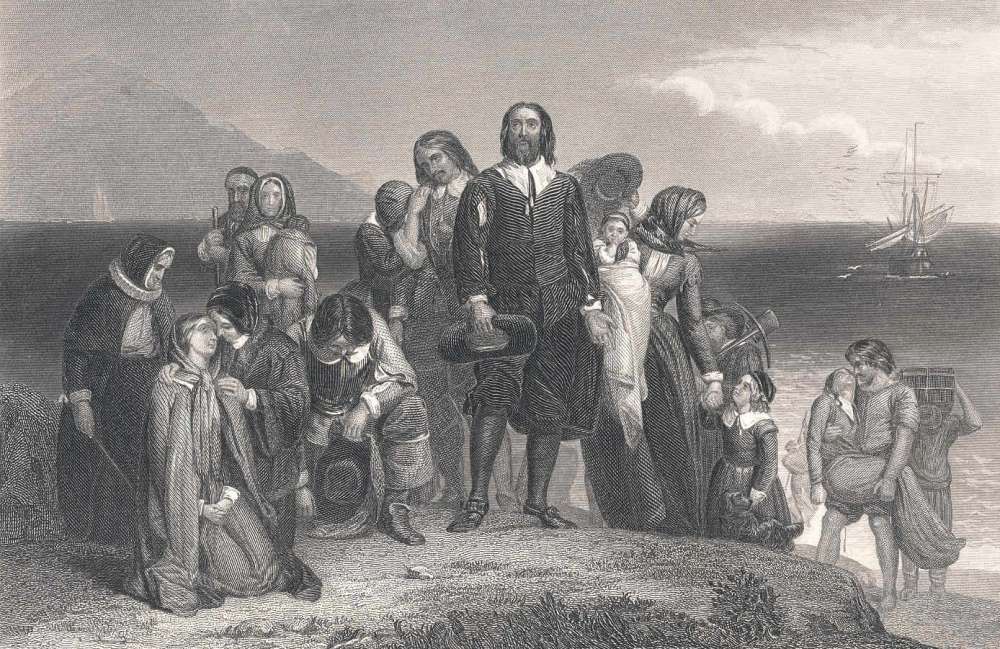

Technically, the Mayflower colonists had no right to be there at all. They also found that they were in the wrong place: Cape Cod was located at 42 degrees north latitude, well north of the Virginia Company’s territory. There, the Mayflower’s passengers found an abandoned Indian village and not much else. How a Malaria Scare at the Start of World War II Gave Rise to the CDCĪfter sixty-six days, or roughly two miserable months at sea, the ship finally reached the New World. And the King of England gave them permission to leave the Church of England, “provided they carried themselves peaceably.” The Virginia Company gave them permission to establish a settlement, or “plantation,” on the East Coast between 38 and 41 degrees north latitude (roughly between the Chesapeake Bay and the mouth of the Hudson River). A prominent merchant agreed to advance the money for their journey. READ MORE: Why Did the Pilgrims Come to America? The Mayflower Journeyįirst, the Separatists returned to London to get organized. They decided to move again, this time to a place without government interference or worldly distraction: the “New World” across the Atlantic Ocean. (These young people were “drawn away,” Separatist leader William Bradford wrote, “by evill example into extravagance and dangerous courses.”) For the strict, devout Separatists, this was the last straw. (They were not the same as the Puritans, who had many of the same objections to the English church but wanted to reform it from within.) The Separatists hoped that in Holland, they would be free to worship as they likedĮven worse was Holland’s easygoing, cosmopolitan atmosphere, which proved alarmingly seductive to some of the Saints’ children. These “Separatists” did not want to pledge allegiance to the Church of England, which they believed was nearly as corrupt and idolatrous as the Catholic Church it had replaced, any longer. In 1608, a congregation of disgruntled English Protestants from the village of Scrooby, Nottinghamshire, left England and moved to Leyden, a town in Holland. WATCH: Desperate Crossing: The Untold Story of the Mayflower Pilgrims Before the Mayflower Today, we often refer to the colonists who crossed the Atlantic on the Mayflower as “Pilgrims.” Nearly 40 of these passengers were Protestant Separatists-they called themselves “Saints”-who hoped to establish a new church in the so-called New World. Normally, the Mayflower’s cargo was wine and dry goods, but on this trip the ship carried passengers: 102 of them, all hoping to start a new life on the other side of the Atlantic. In September 1620, a merchant ship called the Mayflower set sail from Plymouth, a port on the southern coast of England.


 0 kommentar(er)
0 kommentar(er)
